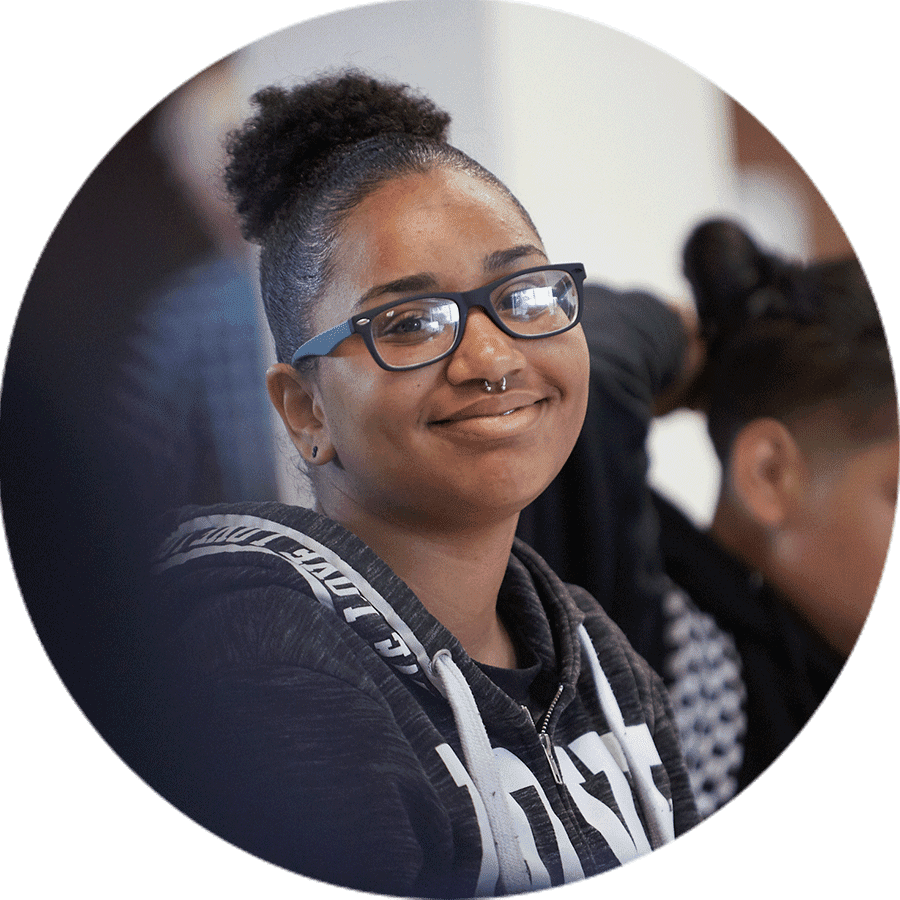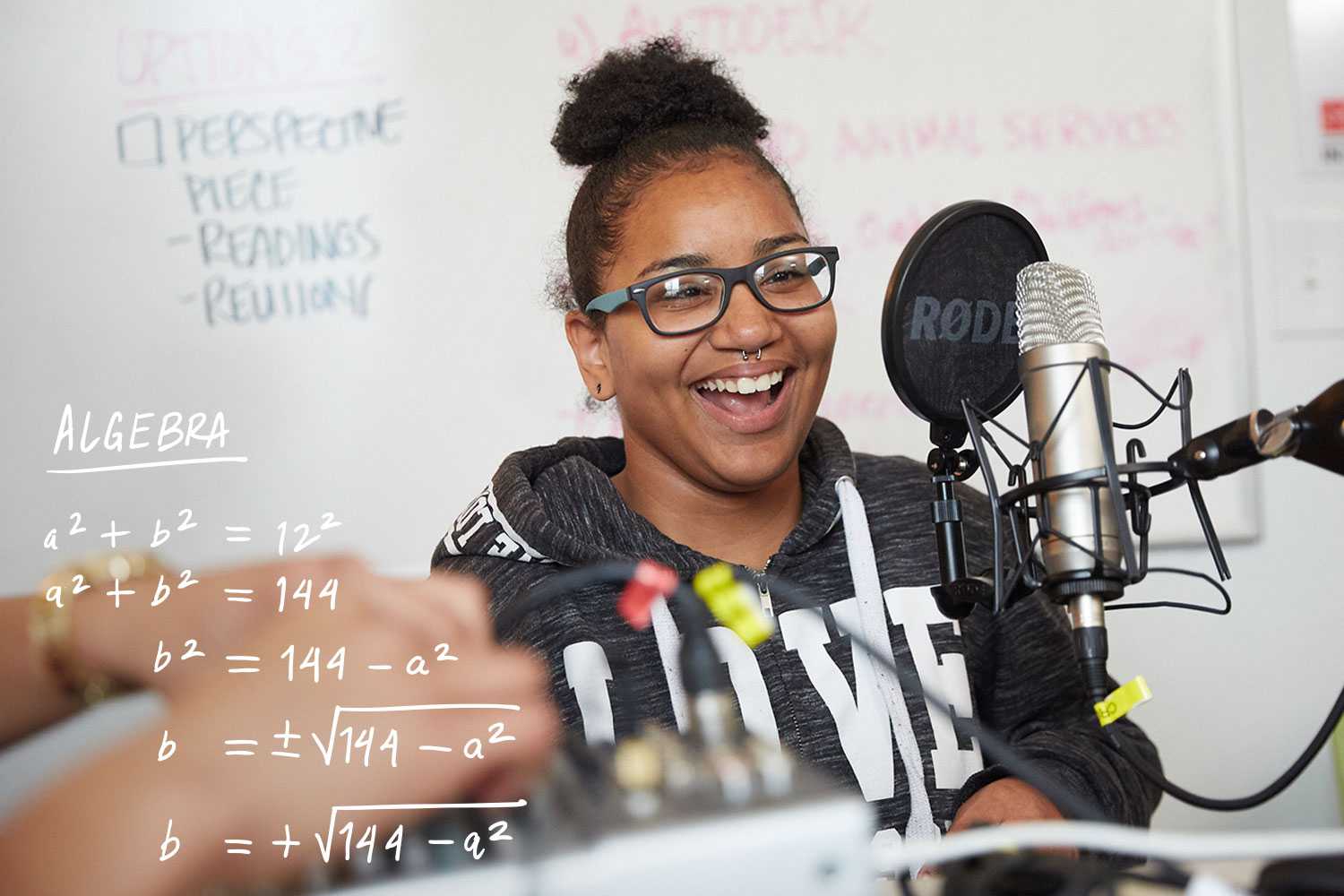2. Students need an authentic say in school decision making.

Students should be involved in shaping their school experience.
Fact:
Only 44% of secondary students say they have a voice in school decision making.
Source: Quaglia Institute
High school is a collaboration between young people and adults, and everyone should have a seat at the table. Students need to be included regularly in key conversations and decisions about their schools and how they operate. They have a stake in issues at every level of decision-making, from hallway decorations to social activities, from schoolwide projects to disciplinary policies. Students often have great ideas to contribute, and they deserve a chance to do so. It is particularly important that they understand their school policies and have a voice in decisions that affect their futures, such as equitable access to courses that meet college requirements.
Educators are responsible for helping students develop the skills needed to have agency. These skills—like any other learning experience—need to be developed gradually and intentionally, with students playing increasingly larger roles. This process doesn’t just improve school design, it is essential to becoming an independent, self-directed, lifelong learner.
Most teachers think students should have a greater say in school decision-making. In a 2018 Gallup Poll, only one in three U.S. teachers said students have a great deal or a moderate amount of input, but three in four teachers said they believed students should have that much say in school decisions.
XQ Student Voice
Visit the High School Life category on Rethink Together for articles and videos about student engagement, teen activism, mental health, and more.
Dive Deep
![student smiling]() Students as Partners
Students as PartnersThe student voice team of Kentucky’s Prichard Committee recommends a bigger role for students in school governance.
Read![teacher talking]() Student-Led Conferences
Student-Led ConferencesAsking students to lead parent-teacher conferences can help them build agency and take responsibility for their own learning.
Watch![student smiling]() Student Voice Committees
Student Voice CommitteesHow did Chicago give students a voice for change? Read this article and watch a video about the district’s Student Voice Committees.
Read![student smiling]() By Students, For Students
By Students, For StudentsStudent Voice is a student-led, national nonprofit advocating for student-driven solutions to educational inequity. There are lots of ways to get involved.
Explore
Analyze
How will students exercise leadership within your school? To answer that question, engage students directly.
Step 1 – Research
With students in the lead, sketch out a preliminary plan for a student voice and leadership approach that could work for your school. How would students be involved in a wide array of decisions, from the smallest to the largest and most consequential?
Step 2 – Reflect
Share the plan with your team and discuss these questions:
- What would you need to put in place to implement the plan? Student representation on your school’s governing or advisory board? A student voice committee? Something else?
- How can all students, not just a few, have a voice in decisions that affect them?
- How will adults support students to develop knowledge and skills for successful leadership?




